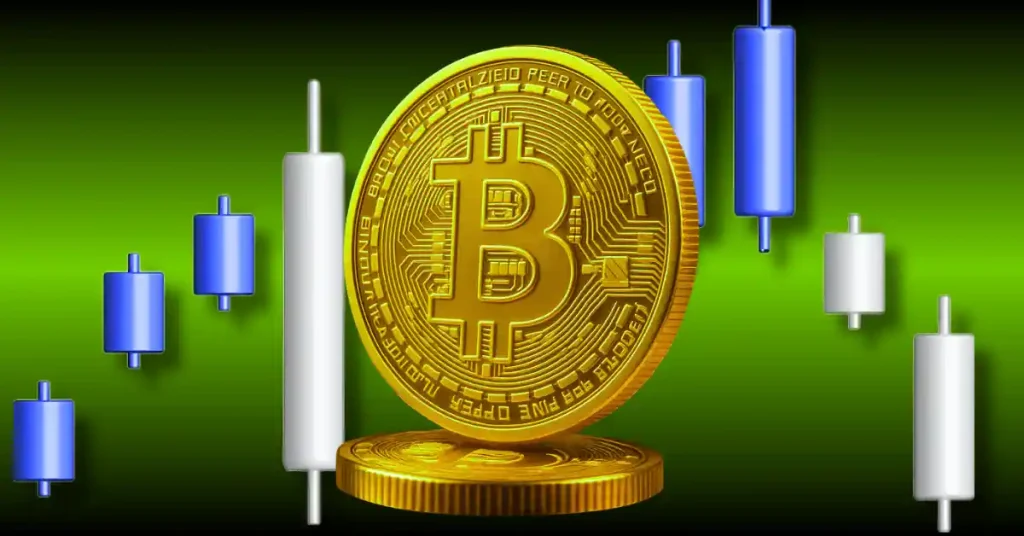
The concept of a national cryptocurrency reserve has long been a topic of debate among economists, policymakers, and crypto enthusiasts. The idea gained significant traction during the 2024 U.S. presidential campaign when Donald Trump proposed establishing a “Strategic Bitcoin Reserve” for the United States. This vision aimed to position the U.S. as a leader in the digital asset space, fostering innovation and potentially hedging against economic uncertainties. However, the path to realizing this ambition has been fraught with challenges, leaving the fate of the reserve uncertain.
The Genesis of a Crypto Dream
The idea of a national Bitcoin reserve emerged from a broader conversation about the role of cryptocurrencies in modern finance. As Bitcoin and other digital assets gained mainstream attention, policymakers began exploring ways to integrate them into national economic strategies. Trump’s proposal was part of a broader effort to modernize the U.S. financial system and ensure that the country remained competitive in the rapidly evolving digital economy. The Strategic Bitcoin Reserve was envisioned as a way to leverage the unique properties of Bitcoin, such as its decentralized nature and scarcity, to benefit the U.S. economy.
A Reserve Under Fire: Obstacles and Skepticism
Despite the initial enthusiasm, Trump’s Strategic Bitcoin Reserve initiative has faced significant obstacles, leading many to question its feasibility. Several factors contribute to this skepticism:
Lack of Congressional Support
One of the most significant hurdles is the lack of bipartisan support in Congress. Establishing a national Bitcoin reserve would require legislative action, and without sufficient backing from both parties, the plan is unlikely to move forward. The political landscape in the U.S. is highly polarized, and any proposal that involves significant changes to the financial system is likely to face opposition.
Regulatory Hurdles
The regulatory environment surrounding cryptocurrencies in the U.S. is complex and often contradictory. Navigating these challenges and establishing clear guidelines for the reserve would be a time-consuming and potentially contentious process. The Securities and Exchange Commission (SEC) and other regulatory bodies have been cautious in their approach to cryptocurrencies, and any attempt to create a national reserve would likely face scrutiny and pushback.
Economic Concerns
Some economists have expressed reservations about the economic implications of holding a national cryptocurrency reserve. Concerns about volatility, security risks, and the potential impact on the U.S. dollar have been raised. Bitcoin’s price is known for its volatility, and holding a significant amount of the asset could expose the U.S. to financial risks. Additionally, the security of the reserve would be a major concern, as any breach could have severe consequences.
Political Opposition
Opposition from within the government and from those who believe Bitcoin undermines U.S. control further complicates the matter. The perception that Bitcoin could challenge the power of the government makes a federal reserve seem improbable. Some policymakers view cryptocurrencies as a threat to the existing financial system and are reluctant to endorse any initiative that could legitimize them.
Beyond Bitcoin: A Broader Crypto Stockpile?
While the initial focus was on Bitcoin, Trump’s vision seemed to expand to include a broader range of digital assets. This shift introduced additional complexities and debates.
The Inclusion of Other Cryptocurrencies
The idea of including cryptocurrencies like XRP, Solana (SOL), and Cardano (ADA) in the reserve sparked considerable debate within the crypto community. Some welcomed the diversification, arguing that it would provide a more balanced approach to managing the reserve. Others, however, argued that it diluted the core principle of a Bitcoin-focused reserve. Bitcoin’s unique properties, such as its scarcity and decentralized nature, make it a more attractive candidate for a national reserve compared to other cryptocurrencies.
Centralizing Government Crypto Holdings
Trump’s executive order aimed to centralize disparate government crypto caches, suggesting that the reserve would primarily consist of assets seized in criminal or civil proceedings. This approach disappointed some who had hoped for a more proactive strategy involving the purchase of new tokens. Centralizing existing holdings could provide a starting point for the reserve, but it may not be sufficient to achieve the scale and impact envisioned by the proposal.
The Executive Order: A Step Forward or a Symbolic Gesture?
The signing of an executive order to establish the Strategic Bitcoin Reserve and U.S. Digital Asset Stockpile was initially hailed as a significant step. However, a closer examination reveals that the order may be more of a symbolic gesture than a concrete plan of action.
Evaluating the Potential
The order primarily directs the administration to evaluate the potential for a national digital asset stockpile, rather than immediately establishing one. This suggests a cautious approach, with further research and analysis needed before any major decisions are made. The order also highlights the need for a comprehensive strategy that addresses the various challenges and risks associated with a national crypto reserve.
Disappointment in the Market
The market reaction to the executive order was muted, with Bitcoin prices even experiencing a plunge. This suggests that investors were underwhelmed by the lack of concrete details and the reliance on existing government-owned tokens. The market had hoped for a more aggressive and proactive approach, such as the direct purchase of Bitcoin by the government. The muted reaction underscores the need for clear and decisive action to gain the confidence of the crypto community and the broader financial markets.
Industry Perspectives: Skepticism and Support
The crypto industry’s response to Trump’s Strategic Bitcoin Reserve has been mixed, with both skepticism and support emerging from various quarters.
Skepticism from Crypto Leaders
Prominent figures in the crypto space, such as Coinbase’s CEO Brian Armstrong and Palantir cofounder Joe Lonsdale, have expressed skepticism about the plan. Their reservations highlight the challenges and uncertainties surrounding the implementation of a national crypto reserve. Armstrong, for instance, has argued that the U.S. should focus on creating a clear regulatory framework for cryptocurrencies rather than establishing a national reserve.
Arguments Against a Bitcoin Reserve
Critics argue that a reserve currency requires a large, stable economy and political system. The U.S. dollar already serves this purpose, and introducing Bitcoin into the mix could create instability and undermine the existing financial infrastructure. Some economists believe that the U.S. dollar’s dominance in the global financial system is a significant advantage, and any attempt to introduce a competing reserve asset could be detrimental.
Potential Benefits
Despite the skepticism, some industry experts believe that a strategic Bitcoin reserve could offer several benefits. Increased adoption of cryptocurrencies, enhanced innovation in the digital asset space, and a potential hedge against inflation are among the potential advantages. A national reserve could also position the U.S. as a leader in the crypto space, attracting talent, investment, and innovation.
The Road Ahead: Challenges and Opportunities
The future of Trump’s Strategic Bitcoin Reserve remains uncertain, with several challenges and opportunities lying ahead.
Policy Shift Required
For the plan to materialize, a significant policy shift would be required to prioritize Bitcoin as a long-term national asset over immediate fiscal benefits. Such a move would likely face political, economic, and regulatory challenges. The U.S. government would need to demonstrate a long-term commitment to the digital asset space and provide clear guidelines for the management and operation of the reserve.
The Need for Clear Regulations
Establishing clear and comprehensive regulations for cryptocurrencies is crucial for fostering innovation and attracting investment in the digital asset space. Without a clear regulatory framework, the Strategic Bitcoin Reserve is unlikely to achieve its full potential. The U.S. government must work closely with industry stakeholders to develop regulations that balance innovation with consumer protection and financial stability.
The Potential for Global Leadership
If implemented successfully, Trump’s vision could position the U.S. as a global leader in the crypto space, attracting talent, investment, and innovation. This could have significant economic and geopolitical implications. The U.S. could leverage its leadership position to shape the global regulatory landscape for cryptocurrencies and ensure that the digital asset space develops in a way that aligns with its strategic interests.
Conclusion: A Dream Deferred?
Trump’s Strategic Bitcoin Reserve was a bold and ambitious idea that captured the imagination of the crypto community and beyond. However, due to a confluence of political, economic, and regulatory challenges, the plan has stalled, and its future remains uncertain. Whether it becomes a reality or fades into the annals of unrealized political promises remains to be seen. The concept itself has spurred a crucial discussion about the role of cryptocurrency in modern finance and the potential for nation-states to embrace digital assets as strategic tools. Even if Trump’s specific vision doesn’t come to pass, it has undeniably left a lasting mark on the conversation, paving the way for future exploration of Bitcoin’s role in national economies. The debate over a national Bitcoin reserve highlights the broader challenges and opportunities associated with the integration of cryptocurrencies into the global financial system. As the digital asset space continues to evolve, the U.S. and other nations will need to carefully consider the implications of embracing or rejecting digital currencies as part of their economic strategies.





